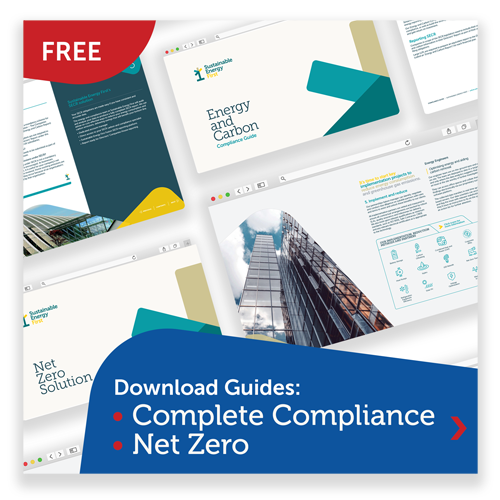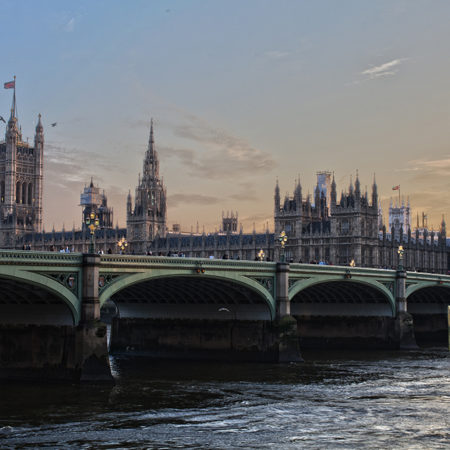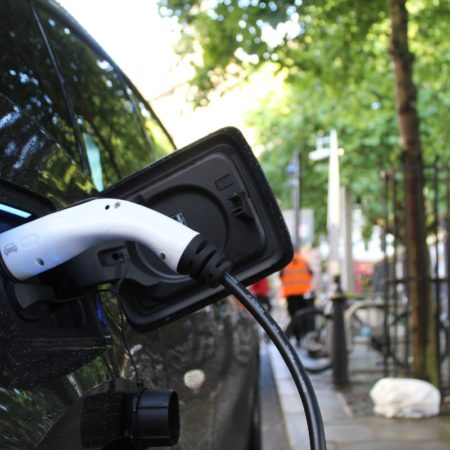The Science-Based Targets initiative (SBTi) has created the world’s first official framework for businesses to set net zero targets in line with climate science. The Corporate Net-Zero Standard, launched in October 2021, goes further than the SBTi’s earlier criteria. Here’s what you need to know.
New: 2°C is no longer acceptable
Earlier guidance from the SBTi gave businesses the option of aligning their net zero targets with either a 2°C pathway or a more ambitious 1.5°C pathway. But in recent years, there has been increasing scientific evidence that limiting global warming to 1.5°C over pre-industrial levels is our best chance of avoiding climate catastrophe. For example, warming of 1.5°C would mean a rise in sea levels that is 10cm lower than with 2°C. (The Intergovernmental Panel on Climate Change sets out the urgent need to stay below 1.5°C in its 2018 special report.) For this reason, businesses must plan to reduce their Scope 1 and 2 emissions in line with a 1.5°C pathway to meet the new net zero standard. Scope 3 emissions must be in line with a pathway that is “well below 2°C”, and there are several approved options for handling this.
New: action within five to 10 years is compulsory
Many businesses have set net zero goals with comfortably distant deadlines such as 2040 or 2050, but to avoid climate catastrophe, deep emissions cuts are required before 2030.
The SBTi has always required businesses to set interim targets consistent with their longer-term goals, and would not consider a net zero strategy to be science-based unless it included these. However, previous criteria allowed for near-term targets to be as far as 15 years into the future. Under the new rules, near-term targets must be set between five and 10 years from the date of submitting the strategy. (But if your company already has a validated science-based target in place, you can stick to your original deadline.)
Still applies: long-term targets are also essential
A business that has achieved its near-term targets can feel encouraged that it is on track for net zero, but it can’t claim to have achieved net zero until it reaches its long-term science-based target. For most businesses, this means a reduction in emissions of at least 90% compared to the base year.
Still applies: offsetting is a last resort
The Corporate Net-Zero Standard acknowledges that after achieving their science-based targets through emissions cuts of 90-95%, businesses may have some residual emissions that are impossible to get rid of. It recommends “neutralising” these emissions by permanently removing the equivalent amount of carbon from the atmosphere. This might be done through the use of carbon credits, or through greenhouse gas removal technologies. But the SBTi’s position has always been that companies cannot use offsetting to achieve their targets. This must be done through actually reducing emissions in Scopes 1, 2 and 3.
In progress: sector-specific guidance
The SBTi’s core methodologies apply to all businesses, but it is also working on tailored guidance to help businesses in certain sectors. The sector guidance page of the SBTi website shows which sector-specific guidance is complete and which is still in progress. However, there is no need to wait for guidance to be published for your sector before setting science-based targets for your business. The SBTi is currently working with companies in 50 different sectors.
The Corporate Net-Zero Standard represents a strengthening of criteria for net zero targets, a recognition that transformative mitigation is required from every business if we are to keep warming below 1.5°C. The publication of this standard and the extensive resources to support it should make it much more straightforward for businesses to set and meet robust climate targets.























